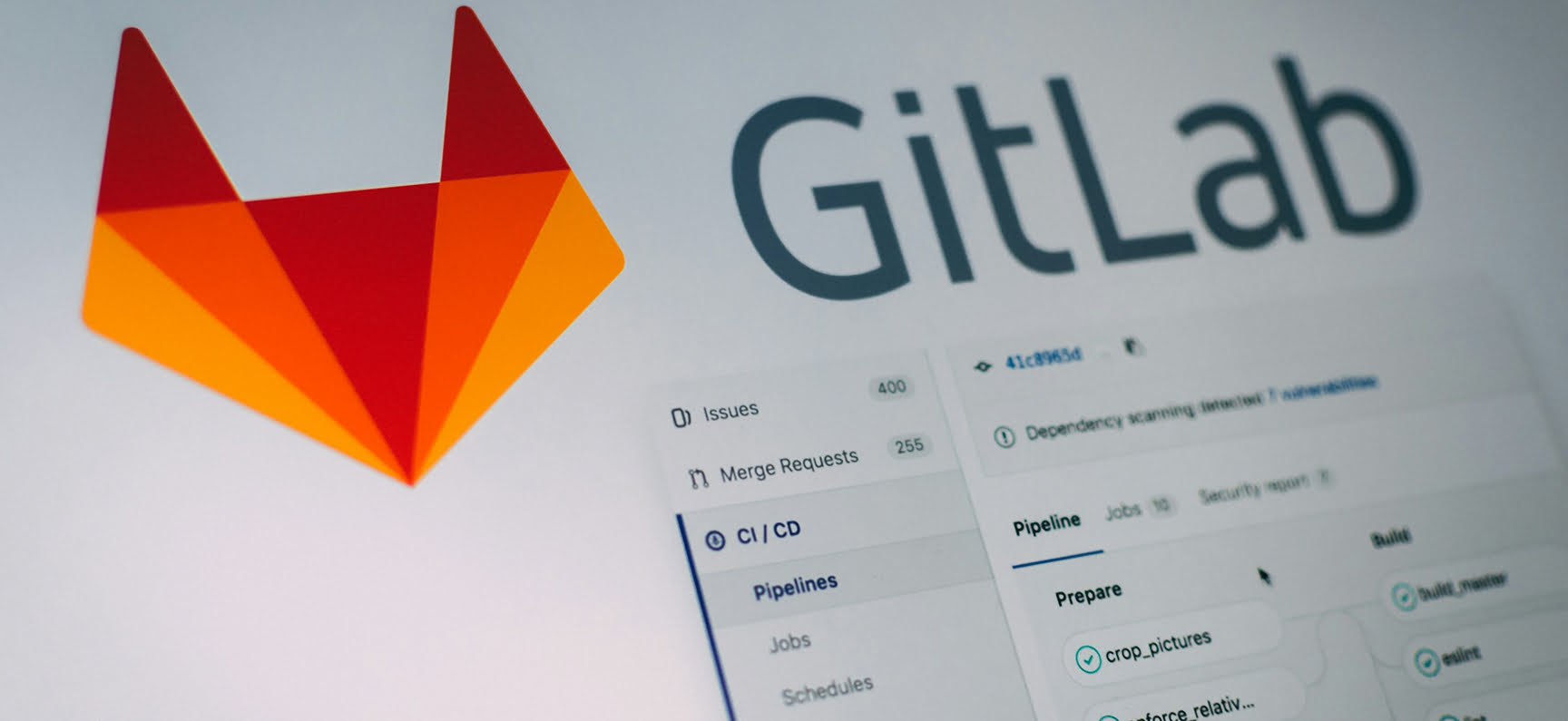As businesses increasingly rely on cloud services, managing remote server costs has become a critical task. In 2025, cloud computing will be an essential component of modern business operations, and cost optimization will be more important than ever. With the rise of multi-cloud environments and the growing complexity of remote server infrastructure, businesses must adopt effective multi cloud cost management tools to ensure they can scale efficiently while controlling costs. The cloud computing market, valued at USD 587.78 billion in 2023, is projected to reach USD 2,291.59 billion by 2032, with a CAGR of 16.5% from 2024 to 2032.
As remote server environments become more complex and the need for optimization grows, it is necessary for businesses to depend on effective tools that help keep track of and manage their expenditures in relation to these servers. A comparison of the best cloud cost management tools allows companies to choose the most suitable solution according to their distinct requirements. This applies whether they are concentrating on platforms like AWS, Azure, or Google Cloud among others, including combinations of such networks.
In this article, we’ll explore the best cloud cost optimization tools available in 2025, including cost optimization tools, cost analysis tools, and open-source cost management tools. These tools will help companies of all sizes streamline their remote server budgets, improve transparency, and optimize their spending across platforms like AWS, Google Cloud, and Azure.
Top 10 Cloud Cost Management Tools
The right tool depends on factors such as the size of your business, the complexity of your remote server infrastructure, and your specific value management needs. Below are the top 10 cost management tools that stand out for their features, scalability, and ability to optimize spending effectively.
1. AWS Cost Explorer
AWS Cost Explorer is a powerful tool designed for businesses using Amazon Web Services. It allows users to analyze and visualize spending, track usage patterns, and set budgets and alerts. AWS Cost Explorer provides detailed insights into spending trends, making it easier to identify cost-saving opportunities across various services. It’s a great fit for companies focusing on software development with a heavy reliance on AWS infrastructure.
2. Azure Cost Management + Billing
Azure's native Cost Management tool is one of the top cloud cost management tools, that allows businesses to track, allocate, and optimize their spending across Microsoft's platform. It integrates seamlessly with Azure DevOps services and offers tools for budgeting, forecasting, and real-time monitoring, ensuring companies have full visibility into their Azure resources and spending.
Expert Opinion «Optimizing cloud costs is essential for controlling expenses while maximizing efficiency. We leveraged AWS Cost Explorer, Azure Cost Management + Billing, and Google Cloud’s Billing Reports to monitor usage, identify underutilized resources, and implement budget controls. These tools provided detailed insights into our cloud spend, enabling us to reduce cloud costs by 30-40% by rightsizing resources, taking advantage of cost-saving plans, and optimizing workloads.»Kostiantyn Dutkovskyi PM Web
3. Google Cloud Cost Management
Google Cloud's cost management tools offer detailed value tracking and forecasting, giving businesses the ability to monitor spending in real-time. The platform includes features like custom reporting, billing alerts, and recommendations for cost optimization, making it an ideal choice for businesses using Google Cloud.
4. CloudHealth by VMware
CloudHealth by VMware is a comprehensive value management tool designed for businesses managing remote server services across multiple platforms. This tool provides in-depth visibility into costs, usage, and performance across AWS, Azure, and Google, enabling companies to optimize their infrastructure and ensure they are spending efficiently.
5. CloudCheckr
CloudCheckr is a robust value optimization tool that offers visibility, reporting, and auditing capabilities for businesses using AWS, Azure, and Google. It helps companies automate cost allocation, identify inefficiencies, and optimize their resources, all while ensuring compliance with security standards.
6. Flexera
Flexera’s value optimization tools provide businesses with a comprehensive solution for managing costs across various digital platforms. With features like detailed reporting, budgeting, and forecasting, Flexera helps companies optimize their digital spend while ensuring resources are being used efficiently across AWS, Azure, and Google.
7. Kubecost
Kubernetes is one of the top open source cloud cost management tools. It is a specialized tool that tracks and optimizes digital spending within Kubernetes environments. As a part of Kubernetes engineering, it provides detailed cost analysis for Kubernetes clusters and helps businesses monitor and control their cloud usage, making it easier to identify cost inefficiencies in containerized environments.
8. Apptio Cloudability
Apptio Cloudability is a financial management platform that helps companies optimize their costs by providing in-depth cost visibility and intelligent recommendations. With advanced analytics and reporting, Cloudability helps businesses using AWS, Azure, and Google make data-driven decisions to improve cost efficiency.
9. Spot.io
Spot.io offers value optimization specifically for AWS and Azure. It uses machine learning to automate resource management and optimize workloads in real time, helping companies significantly reduce their costs. Spot.io is particularly valuable for businesses that require efficient resource management in dynamic environments.
10. Zenoss
Zenoss is a monitoring tool that also offers value management capabilities. It helps companies optimize remote server spending by tracking the performance of infrastructure in real-time. Zenoss provides visibility into resource usage, allowing businesses to make informed decisions that improve both performance and value efficiency.

Best Cloud Cost Management Tools for Different Business Needs
Every business has unique value management needs depending on its size, infrastructure, and budgetary requirements. As companies scale, it becomes essential to select the right cloud cost optimization tool that can provide the flexibility, automation, and insights necessary for controlling spending.
| Tool | Best For | Key Features | Platform Supported |
| AWS Cost Explorer | Startups and Small Businesses | Detailed usage reports, cost tracking, budgeting | AWS |
| Azure Cost Management | Mid-Sized Businesses | Budget tracking, forecasts, integration with Azure DevOps | Microsoft Azure |
| Google Cloud Cost Management | Mid-Sized and Enterprise Businesses | Value analysis, forecasting, and usage reports | Google Cloud |
| CloudHealth by VMware | Multi-Cloud Businesses | Multi-cloud management, price optimization, reporting | AWS, Azure, Google Cloud |
| CloudCheckr | Mid-Sized to Enterprise Businesses | Detailed value reports, resource optimization | AWS, Azure, Google Cloud |
| Flexera | Enterprise Businesses | Multi-cloud value optimization, usage tracking | AWS, Azure, Google Cloud |
| Kubecost | Startups and Businesses Using Kubernetes | Value tracking in Kubernetes environments, optimization | AWS, Azure, Google Cloud |
| Apptio Cloudability | Enterprise Businesses | Advanced value analytics, forecasting, budgeting | AWS, Azure, Google Cloud |
| Spot.io | Enterprises and Cloud-Cost Sensitive Businesses | Real-time cost savings, workload optimization | AWS, Azure |
| Zenoss | Enterprises | Performance monitoring and value management | AWS, Azure, Google Cloud |
Best for Startups
For startups, cost-effective solutions are essential to control virtual spending as they grow. Startups often face tight budgets and need scalable solutions that provide a balance between functionality and affordability. Free cloud cost management tools and open-source tools can be a great starting point for small teams. These options provide flexibility while keeping costs low. Kubernetes development tools are especially valuable for startups with small virtual deployments, as they allow businesses to scale without the burden of excessive costs. Cloud cost analysis tools tailored for startups can provide insights into virtual spending and suggest optimizations to help reduce unnecessary costs, such as unused resources or over-provisioning.
Top Tools for Startups:
- Kubecost – Perfect for startups using Kubernetes, this tool helps manage costs within Kubernetes environments, allowing for cost-effective scaling.
- AWS Cost Explorer – Ideal for startups on AWS, this tool helps visualize spending and identify areas to reduce expenses.
- Google Cloud Cost Management – A great tool for startups leveraging Google Cloud, offering value tracking and analysis to optimize spending.
- CloudCheckr – A comprehensive tool that provides visibility into virtual values and usage, helping startups make data-driven decisions.
- CloudHealth by VMware – Although more feature-rich, CloudHealth offers a free trial and can scale with startups as they grow across multiple platforms.
Best for Mid-Sized Businesses
As companies grow and their cloud needs expand, they require more robust tools to manage costs. Mid-sized companies often operate across multiple data platform providers and need tools that can handle both single and multi-virtual environments. Cloud cost monitoring tools are also vital, offering real-time insights into usage patterns and enabling businesses to track and adjust their data platform spending as needed. For companies using AWS DevOps services or Azure DevOps services, tools that integrate seamlessly with these platforms can help streamline workflows while keeping costs in check.
Top Tools for Mid-Sized Businesses:
- Flexera – A powerful value management tool designed for mid-sized businesses to track and optimize spending across various environments.
- CloudHealth by VMware – Offers value optimization and helps businesses improve value efficiency across AWS, Azure, and Google Cloud.
- Apptio Cloudability – Ideal for mid-sized businesses, this tool offers financial management, reporting, and optimization to help balance resources with budgets.
- Azure Cost Management + Billing – Best for businesses using Azure services, providing tools for budget tracking and optimization within the Azure ecosystem.
- Spot.io – Focuses on data platform value optimization for dynamic workloads, helping mid-sized businesses reduce data platform expenses by automating resource management.
Best for Enterprises
Enterprises, which often operate large-scale, complex data platform environments, require advanced tools with high scalability and detailed reporting capabilities. Public cloud cost management tools are essential for businesses operating in public data platform environments. These tools help optimize data platform usage and ensure compliance with corporate budgets. Multi-cloud cost optimization tools have become even more important for enterprises that use a combination of virtual platforms, as they allow businesses to manage value across different services (e.g., Google Cloud, Amazon, and Azure).
Top Tools for Enterprises:
- CloudHealth by VMware – A leading tool for managing multi-virtual costs, it provides enterprises with detailed insights and value optimization recommendations.
- Zenoss – Offers powerful monitoring alongside value management, helping enterprises track performance and optimize value in real-time.
- AWS Cost Explorer – For large-scale AWS users, this tool provides deep insights into usage patterns and recommendations for optimizing spending.
- Google Cloud Cost Management – Provides enterprises with the necessary tools to forecast, track, and manage values across environments.
- CloudCheckr – An enterprise-focused tool offering a wide range of value management features, including security and compliance reports, to help companies optimize spends at scale.
How to Choose the Right Cloud Cost Management Tool for Your Business
Choosing the right value management tool is crucial for businesses of all sizes, especially as environments become more complex and multi-faceted. With a variety of options available in 2025, companies must evaluate their specific needs to ensure they select the most suitable tool. Below are key factors to consider when choosing the right value optimization tool for your organization.
Size and Scale
One of the first considerations when selecting a value management tool is the size and scale of your business. Smaller companies or startups often face tight budgets and limited resources. In these cases, free management tools or open-source options may be the best choice. These tools offer essential features without the high values associated with enterprise-level platforms. They provide flexibility, allowing companies to scale as their needs grow.
On the other hand, larger organizations, especially those with complex infrastructures, will require more robust and feature-rich platforms that offer scalability, detailed reporting, and advanced optimization features. These tools can handle the complexity of a larger infrastructure and provide the necessary insights for managing significant spending.
Security
Security is a critical factor when selecting a value management tool, particularly for industries that deal with sensitive data or must adhere to strict regulatory standards. Ensure that the tool you choose has robust cost security testing features, such as encryption, compliance monitoring, and security auditing capabilities. For companies operating in highly regulated industries like finance or healthcare, it’s essential to choose a tool that integrates security best practices into the value management process.
As more companies adopt DevSecOps approaches to security, selecting tools that combine cost management with integrated security testing will be increasingly important. This helps prevent vulnerabilities from entering production while maintaining value efficiency.
Integration with Existing Cloud Services and Development Platforms
The effectiveness of a cost management tool often depends on how well it integrates with your existing infrastructure. Whether you're using DevOps services, Azure services, or Google Cloud, your cost management tool must seamlessly integrate with these platforms to deliver real-time insights into usage and spending. A well-integrated tool allows companies to manage values alongside ongoing operations without disrupting workflows.
Tools that integrate with DevOps tools or CI/CD pipelines are handy for app development teams. These tools not only help manage costs but also streamline workflows and enhance collaboration between development and operations teams. This integration ensures that resources are being utilized efficiently and cost-effectively as part of the web app development process.
Customization and Flexibility
Customization and flexibility are important when choosing a value management tool. Every business has unique infrastructure needs, and a one-size-fits-all solution may not provide the necessary optimization. Many tools offer custom reporting and budgeting capabilities, allowing businesses to tailor their cost management strategies to match their specific needs.
For businesses with environments or highly specialized workloads, value optimization tools can provide centralized management and allow businesses to balance values across different providers. Additionally, open-source cost management tools offer flexibility, allowing businesses to customize the tools to their exact specifications, which is particularly useful for tech-savvy teams with complex infrastructure.
Best Practices for Continuous Integration and Deployment
A key consideration when selecting the right value management tool is how well it supports continuous integration and continuous deployment (CI/CD) practices. Businesses that are heavily involved in app development should prioritize tools that seamlessly integrate with their existing DevOps pipelines. These integrations ensure that value management is an ongoing part of the development lifecycle, allowing businesses to optimize values as new features and updates are deployed.
By leveraging CI/CD best practices, businesses can automate the integration and delivery of cloud value data, making it easier to track and manage expenses in real time. Additionally, this integration allows teams to identify cost inefficiencies early in the development cycle, reducing the risk of overspending and improving overall remote server value optimization.

Conclusion
In 2025, effective cloud cost management is essential for businesses to stay competitive and ensure efficient use of resources. Whether you are a startup, mid-sized business, or enterprise, selecting the right cost management tool will help you optimize your remote server budgets, improve collaboration, and achieve better financial control. Value optimization, analysis, and cloud cost monitoring provide the insights and automation necessary for businesses to thrive in the remote server environment.
Overspending on cloud services? At Artjoker, we help businesses optimize their cloud spending with tailored solutions that fit their unique needs. Let’s cut unnecessary costs and boost efficiency - book a free cloud cost analysis session with us right now.
Similar articles
View allyour business
together
- PROJECT INQUIRIES info@artjoker.net
- CALL US +1 213 423 05 84
contact us:












